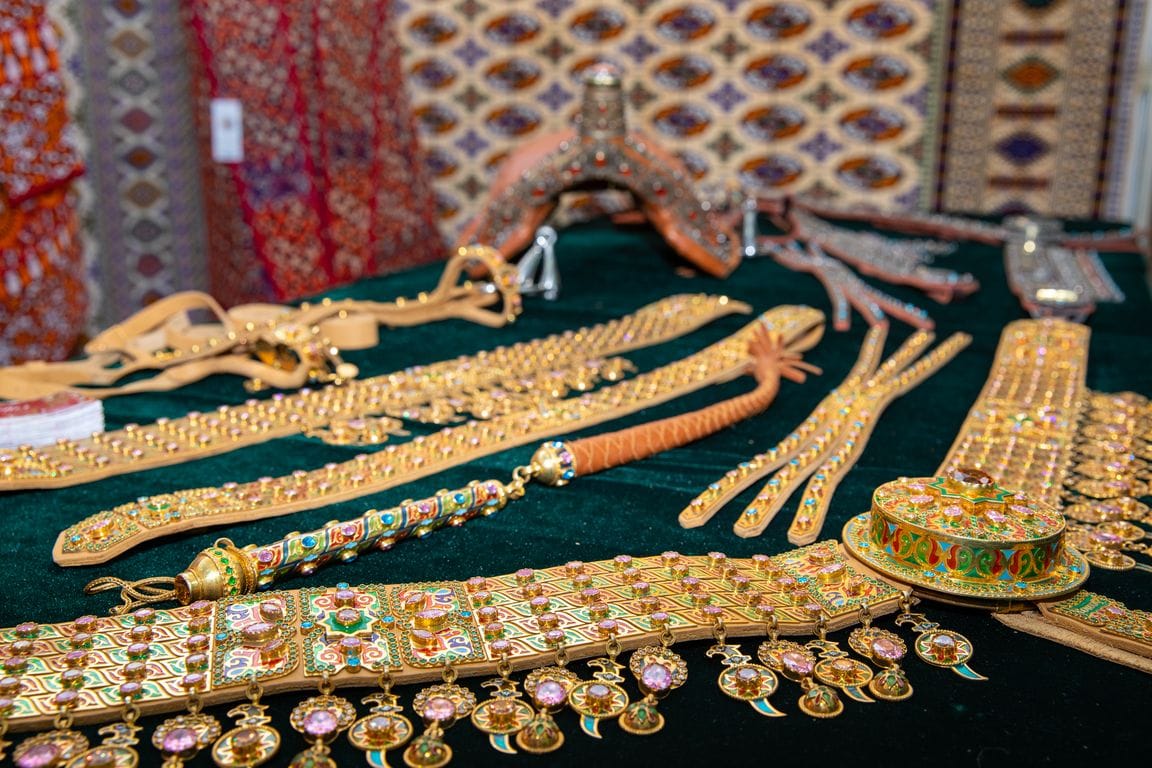Since ancient times, the most noticeable part of the traditional national costume of women living in Central Asia has been jewelry. Turkmen women, Kazakh women, Uzbek women and others wore them practically without taking them off, in large quantities, and the jewelry itself was striking and quite large in size. Often, jewelry was not so much a decorative element as amulets that protected its owner from the evil eye, evil spirits and diseases.
Women's jewelry in Turkmenistan, Kazakhstan, Kyrgyzstan and Uzbekistan have several similar features and at the same time are different from each other. What everyone has in common is a commitment to silver - this metal was the most popular for making jewelry - it was much more affordable than gold. In addition, silver was considered a particle of the Moon, possessing its mystical properties. Almost everywhere in Central Asia, jewelry was supplemented with inserts of precious and semi-precious stones, the most common of which was carnelian.
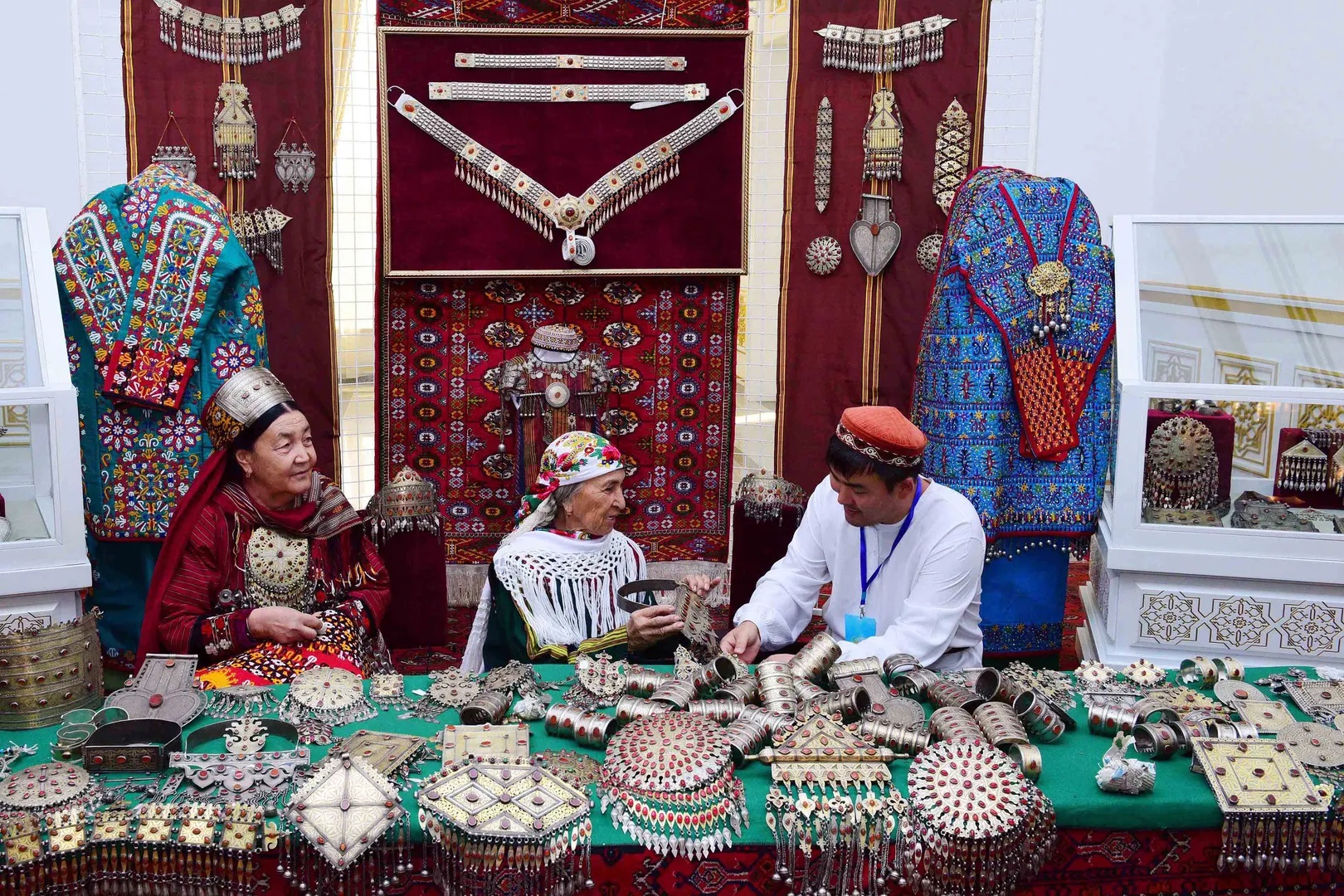
At the same time, the appearance of jewelry was greatly influenced by the lifestyle of a particular people. For example, the jewelry of Uzbeks and Tajiks, who have long led a sedentary lifestyle, were distinguished by great elegance, a variety of forms and techniques, and sophisticated patterns. They are richly decorated with stones, including precious ones, and filigree, engraving, and drawing techniques are widely used in their design.
Among the nomadic peoples - Turkmens, Kazakhs, Kyrgyzs, jewelry has more massive outlines and more austere decor. They seem simple, but behind this simplicity there are many meanings and symbols. Turkmen jewelry was richly decorated with carnelians and other stones; Kazakh jewelers preferred decorating jewelry with metal thread, metal balls, engraving and stamping.
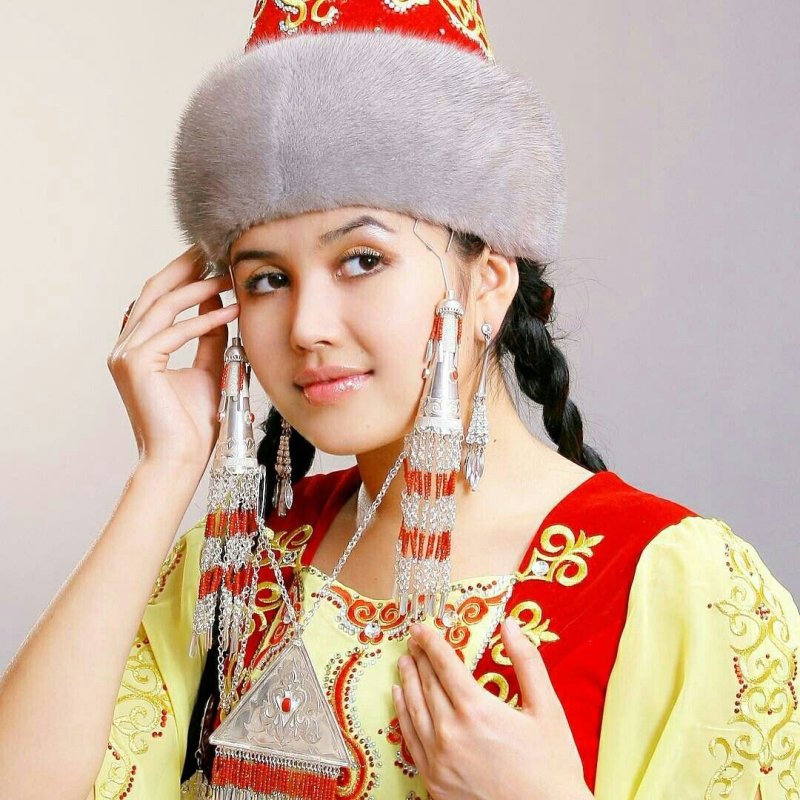
Photo: klublady.ru
A distinctive feature of Kyrgyz jewelry is the widespread use of beads and beads made of semi-precious stones in combination with chains. Their jewelry is simple in appearance, a little archaic, with simple stamped patterns and large stones.
Among the wide variety of women's Central Asian jewelry, four main types can be distinguished: headpieces, bracelets and rings, bracelets and chest pieces - brooches and necklaces.
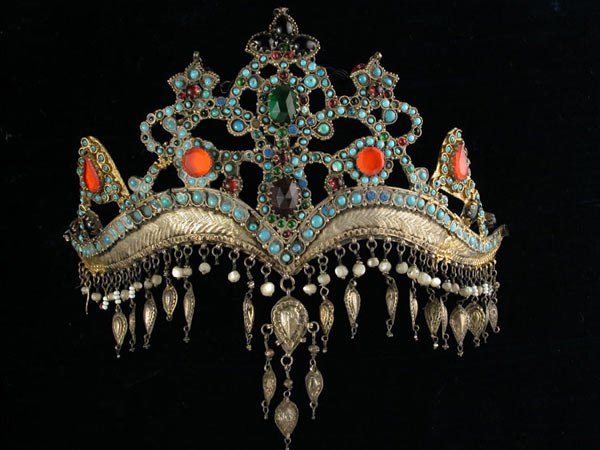
Photo: www.asiaplustj.info/edisblog.com
One of the popular and original headwear worn by Uzbek and Tajik women is the “tillya-kosh” tiara (or “kostillo” in Tajik). This name can be translated as “golden eyebrows”. The lower part of the tiara seems to follow the curve of the eyebrows of the oriental beauty; it is decorated with silver pendants, and the tiara itself was made in the form of an elegant crown, decorated with stones and colored glass.
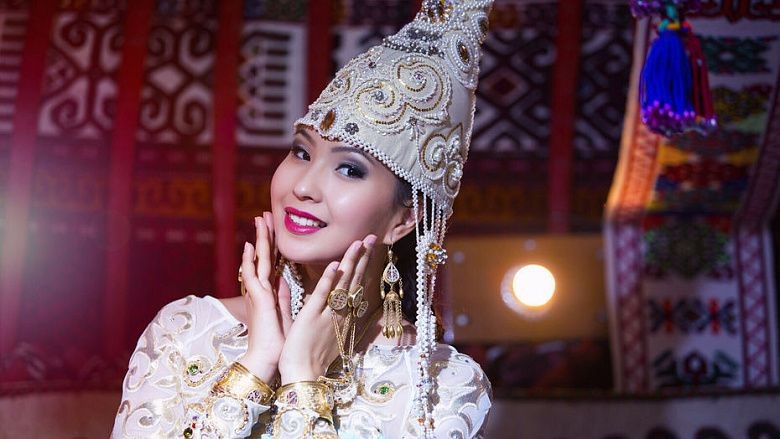
Photo: ia-centr.ru
Kazakh women decorated their headdresses with various stripes in the form of silver coins, pendants, and valuable stones. For example, the bride’s “saukele” hat was decorated with silver plaques, turquoise, carnelians and corals, and married women attached massive pendants to their headdresses at their temples. Women in Kyrgyzstan wore similar jewelry, they were called “zhelbirooch”, they were pendants made of thin chains with semi-precious stones and were supposed to go down below shoulder level.
In ancient times, hair was given a sacred meaning; it was considered the most vulnerable part of a woman’s body, through which evil spirits could bring misfortune and illness to her. Therefore, in Central Asia, braided jewelry was worn not only for beauty, but also as amulets. Women of nomadic peoples wove silk cords with silver pendants or coins into their braids, and covered their braids with massive pendants in the form of slotted silver plates inlaid with carnelians (this decoration is especially typical for Turkmen and Kazakh women).
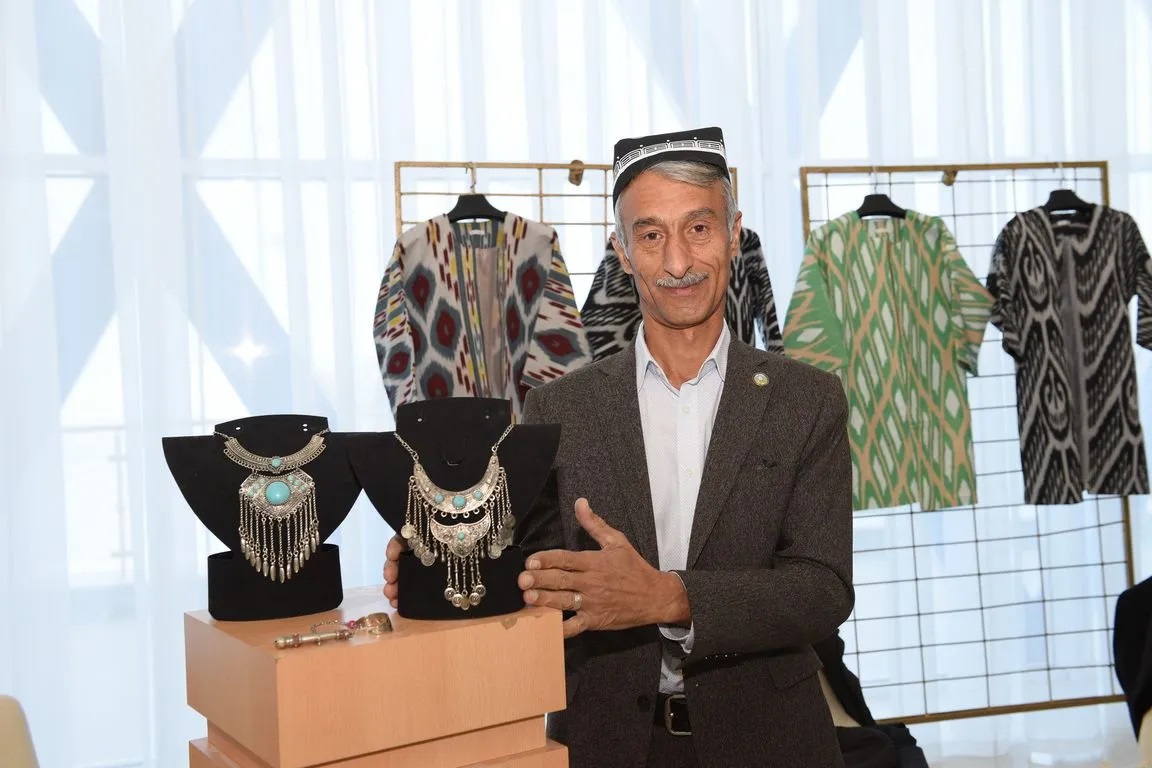
Luxurious, flashy rings and bracelets decorated with stones were worn by all women of the Central Asian peoples. They differed not only in appearance, but also in their manufacturing technique. Uzbek and Tajik jewelers made rings and bracelets, replete with small, carefully crafted details. Their works were distinguished by elegant forms, rich decoration and, in general, symbolized that very oriental luxury that was so valued by lovers of the East in Europe.
The rings and bracelets made by Kazakh, Turkmen and Kyrgyz jewelers were much more massive, monumental, with rather laconic decor and with a smaller abundance of stones. Turkmen “bilezik” bracelets are reminiscent of the bracers that protected the forearms of the warriors of ancient nomadic tribes. Kazakh and Kyrgyz bracelets are not so impressive, but they are also distinguished by their discreet, slightly archaic decor. What the Turkmen and Kazakh jewelry traditions have in common is a “hybrid” of bracelet and rings - in Kazakhstan they are called “bes-blezik”, in Turkmenistan – kokenli-yuzuk. Kazakh women wore and still wear rings made of silver, decorated not with stones, but with patterns made by stamping, graining (tiny metal balls), blackening or chasing.
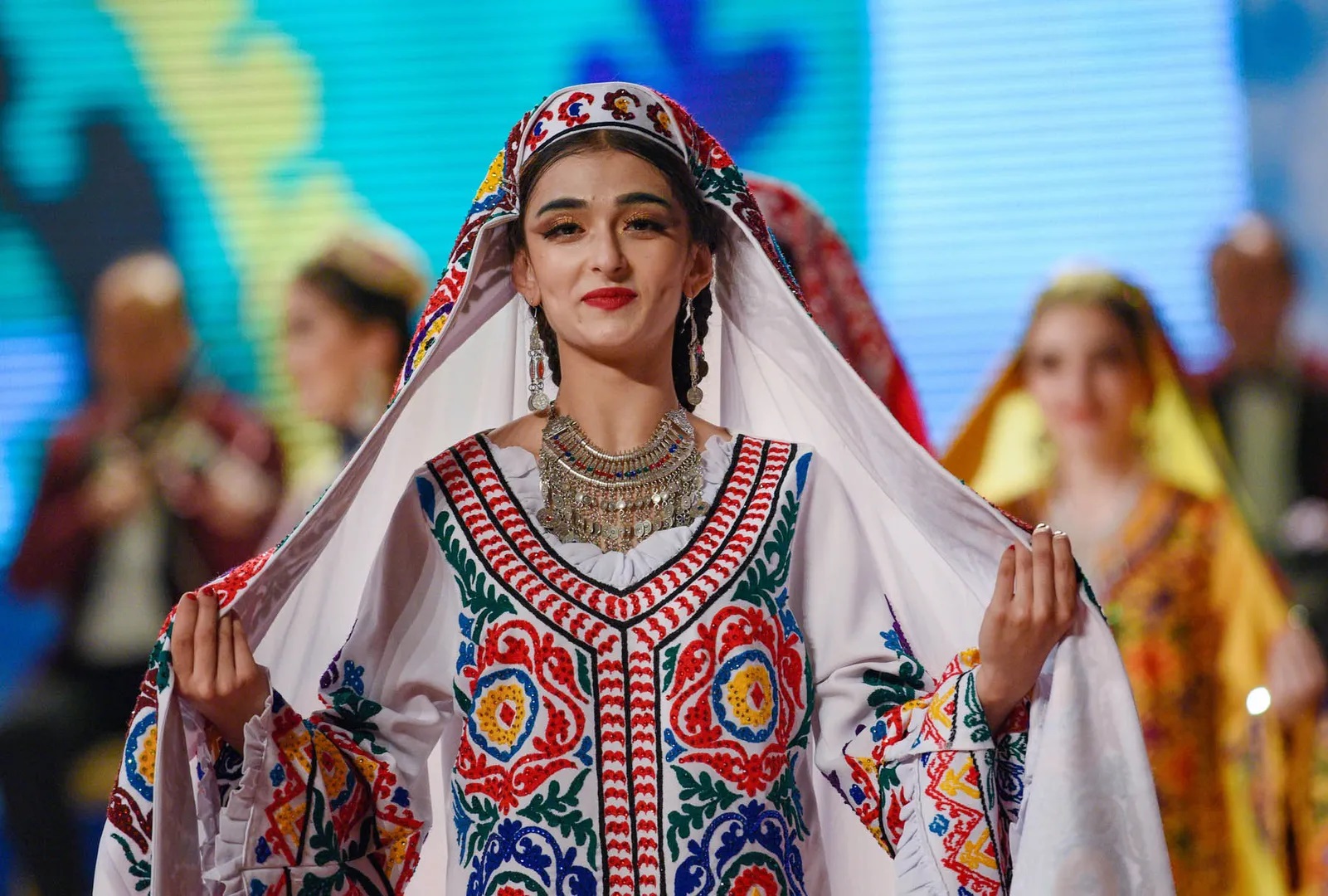
The collar of a Central Asian woman's dress was always fastened with a brooch, which also differed among each nation. In contrast to the luxury and sophistication of other jewelry of Uzbek and Tajik women, their brooches are small in size, in the form of an openwork or solid silver (gold) plate with a small stone in the center. The Kazakh brooch is slightly larger than the Uzbek one, decorated with embossed and stamped patterns. The Kyrgyz brooch has the most modest design - instead of a stone, there is a round hole in the middle; this brooch looks like a buckle. The most striking and complex brooch in terms of technique is the Turkmen “gulyaka”, large, richly decorated with embossing, blackening, slits and carnelian stones.

Photo: www.asiaplustj.info/tribal.muse
A special place is occupied by the decoration “tumar” - an amulet. Small silver cylinders, decorated with stones and pendants, with protective amulets or texts of prayers embedded in them, were worn by women and children.
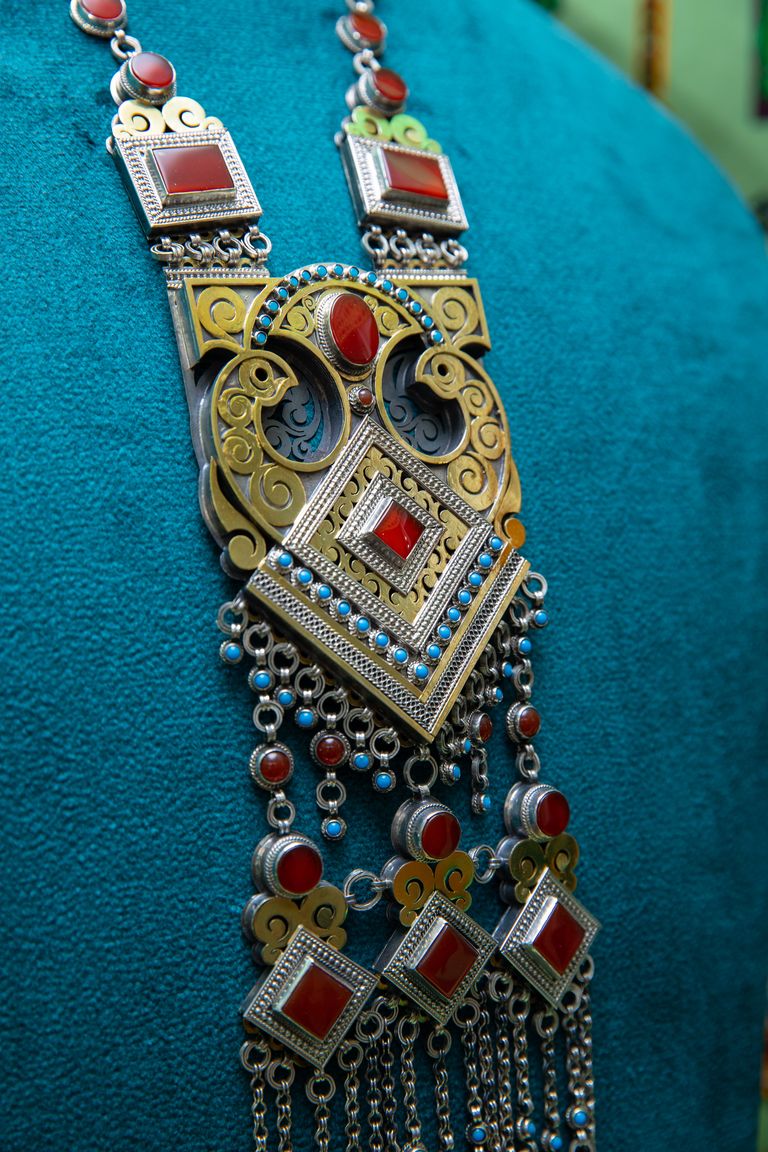
The jewelry of women of the peoples of Central Asia, both ancient and modern, have much in common in the basic elements and motifs. The traditions of jewelry art in the region, despite the differences, are an important part of its culture and unite the peoples of Central Asia into a single cultural community.
Resources: www.academia.edu; www.asiaplustj.info; maxanto.ru; afgan-bazar.ru
Also read:

